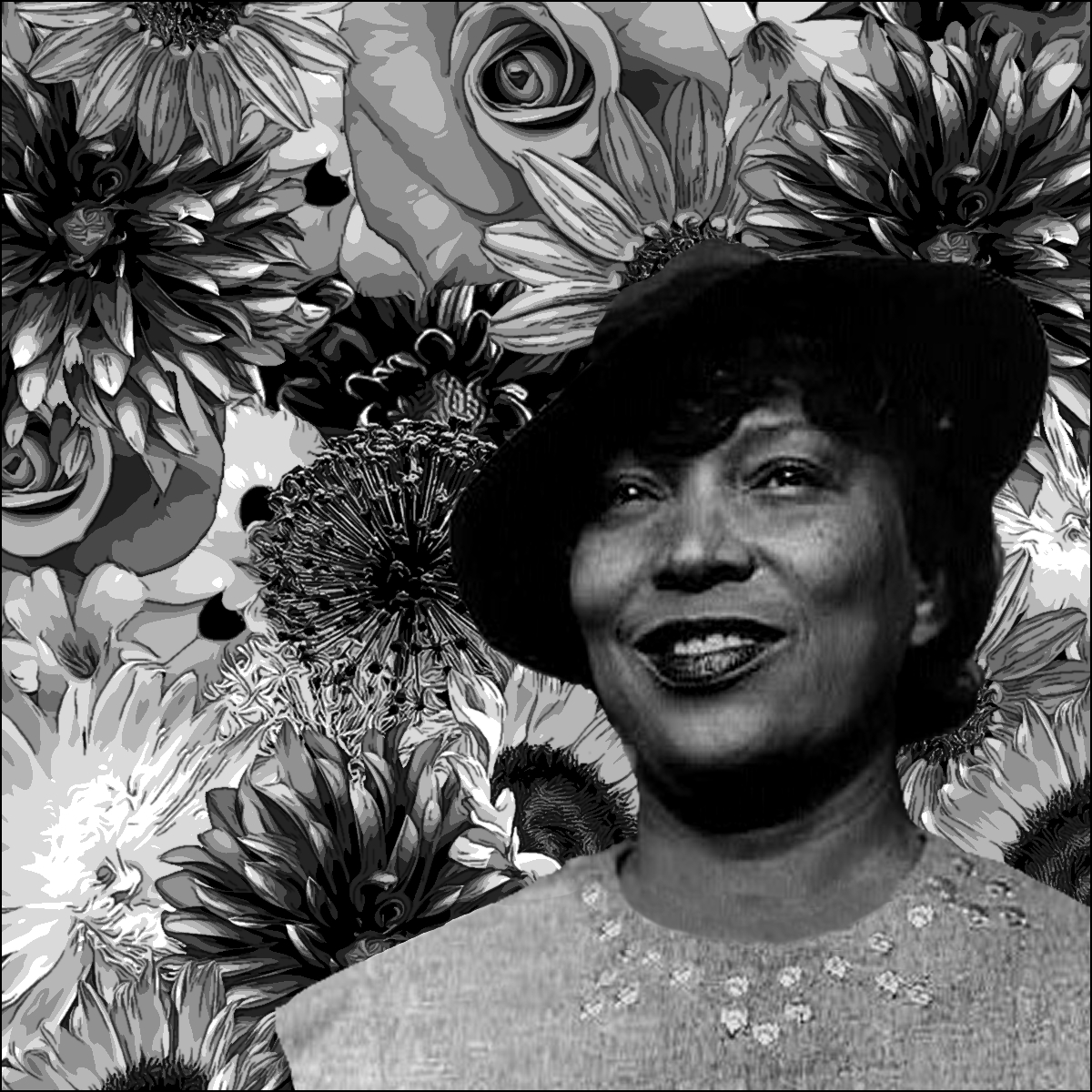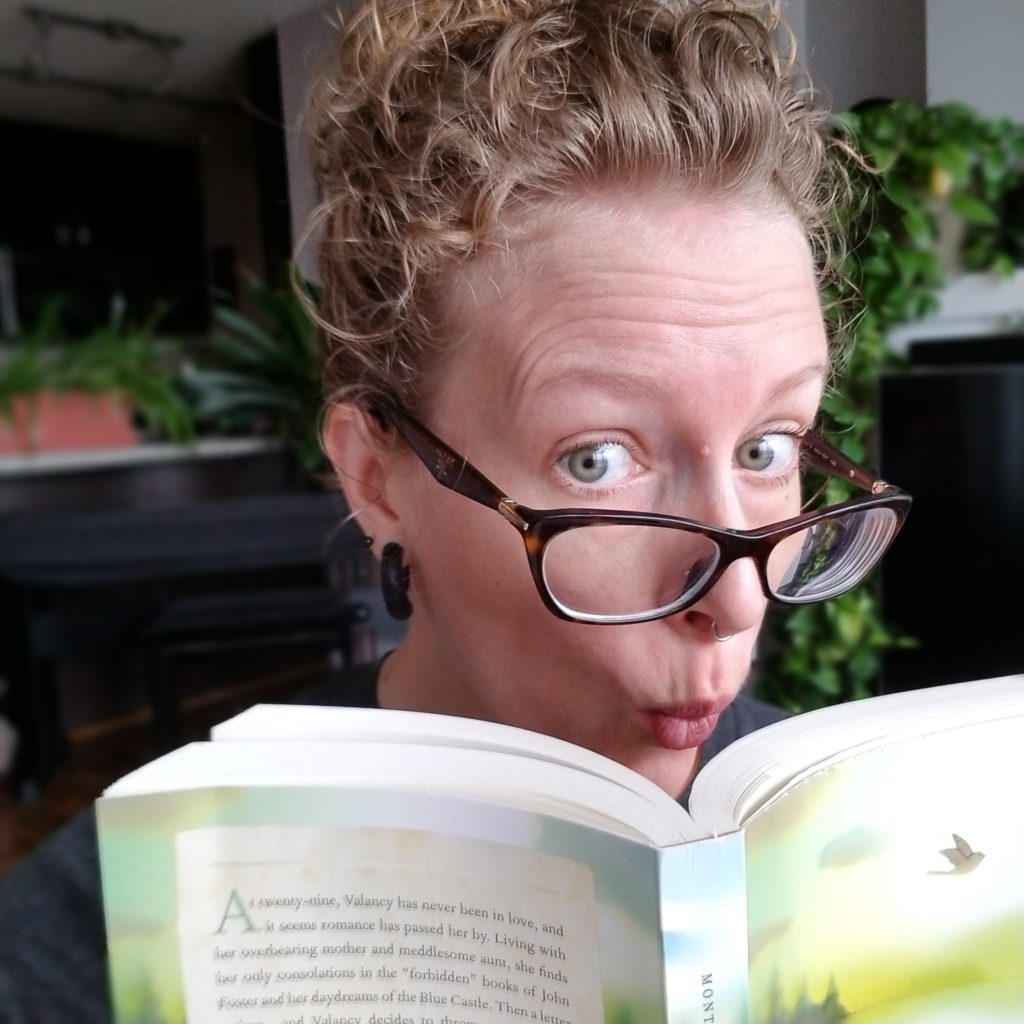
In anticipation of Zora Neale Hurston’s birthday today, I fell in love with her short stories. I began with the story with the most captivating title (“Drenched in Light”). Then I read the first one she published (“John Redding Goes to Sea”), her most anthologized (“Sweat”), the one that won the most awards (“Spunk”), and the most recent available online (“The Conscience of the Court”), and I can’t stop! Hurston’s stories are plainly written and accessible. Still, each carries seeds of insight into black culture, community, and white supremacy that continued to unfurl for me long after reading, even a century after they were written.
In case you’re new to Hurston, she was born on January 7, 1891, though she claimed to be much younger at different points in her life. Most notably was at 26 years old when she took ten years off her birth year and registered for the free hi-school education that Maryland, USA promised its underaged citizens. The story goes that after her mother’s death, her father remarried and the couple stopped paying for her schooling. Then Maryland provided an opportunity, and Hurston made good use of it.
After graduating high school, Hurston attended Howard University, where her first story was published in 1921. She completed her associate’s degree, then moved to New York to attend Bernard College at Columbia University (Where she would finish her BA in anthropology). Her move happened during the height of the Harlem Renaissance, and Hurston found support for her studies as well as her writing. Over the course of her life, in addition to a considerable body of fiction, non-fiction, and poetry, she wrote 37 short stories. Today I will focus on the first I read, “Drenched in Light.” You can read it in the Library of America archives before we go on.
“Drenched in Light,” published in the December 1924 issue of Opportunity: A Journal of Negro Life, is the story of a little black girl named Isis Watts who’s been pushing her Grandma Potts to the limit by avoiding her chores. Isie might have gone too far this time but is saved when she returns home with a white woman who wants to borrow her to dance for the patrons of a local hotel.
On the surface, it is a simple story of childhood, but at the core of the story is how the day-to-day activities of this little girl highlight the systems working in the background. Articles on Hurston often remark on her lack of outward black pride, but this story and every other I’ve read so far contrast black life against the white backdrop with equal effect. This story shows the bright, innocent light of little black girls, how white people fetishize that light, and by extension, the absolute power vital to the dehumanization of Black people.
I’m not sure how the story would have read to a white woman in 1924, but her message has only become clearer over time. I believe Hurston would be horrified that the final line of her story, “I want a little of her sunshine to soak into my soul. I need it.” still cuts directly to the heart of white supremacy, but pleased that her work is still being used to fight it.
If you are interested in reading more of Hurston’s stories, The Complete Stories: Zora Neale Hurston is on sale right now on BookOutlet. If you want to learn more about her life, CrashCourse has a great ten-minute video to start your deep dive. Happy birthday, Zora Neale Hurston!




